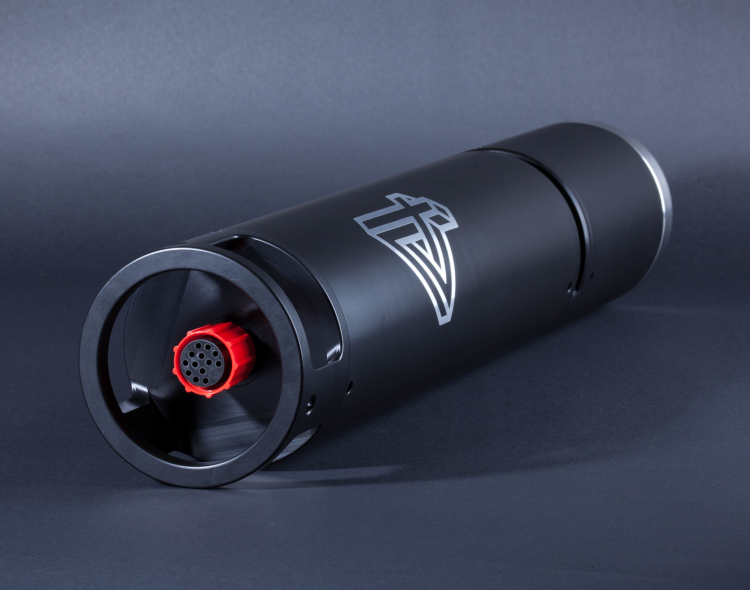Through the Build in Canada Innovation Program, the Government of Canada is investing in a Canadian made submersible microscope to monitor algae outbreaks. The investment is part of the government’s commitment to create inclusive and sustainable economic growth across Canada.
Today, Andy Fillmore, Member of Parliament for Halifax, announced that the Government of Canada is investing in a made-in-Canada innovation that monitors the quality of bodies of water, the FluoroSea Imager. A submersible fluorescence microscope, the device can quickly and accurately detect and identify harmful algae species to help prevent and manage hazards to aquatic ecosystems and human health.
“Halifax is home to some of Canada’s most driven and capable innovators. 4Deep is an excellent example of the growing number of talented innovators in Halifax who are helping Canada become a global leader in innovative technologies,” said Fillmore.
4Deep (Resolution Optics Inc.) of Halifax, Nova Scotia, received a $266,569 contract for its technology, which will be tested by Fisheries and Oceans Canada. This investment was made through the Build in Canada Innovation Program, a program that helps Canadian innovators land their first sale and get their innovations tested by the Government of Canada.
“Fisheries and Oceans Canada is looking forward to testing 4Deep’s FluoroSea Imager through the Build in Canada Innovation Program, said Marc Ringuette, biological oceanographer, Fisheries and Oceans Canada. “This innovation can potentially fill an important gap in our monitoring programs by providing robust information about the phytoplankton community on a seasonal, annual and multi-annual basis.”
While the FluoroSea Imager will be tested in a marine setting, 4Deep describes the technology as having applications in municipal water quality, recreational waterways, and general public health. The company describes the device as providing real-time, in-situ observation of algae. According to the product description, FluoroSea Imager delivers a “combination of individual cell fluorescence signals and image-based cell sizes provides indices of abundance from discrete taxonomic groups.”
Canadian innovators can submit their proposals on the Build in Canada Innovation Program’s website.













